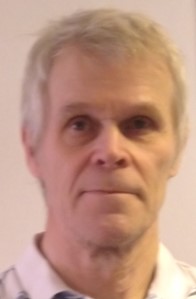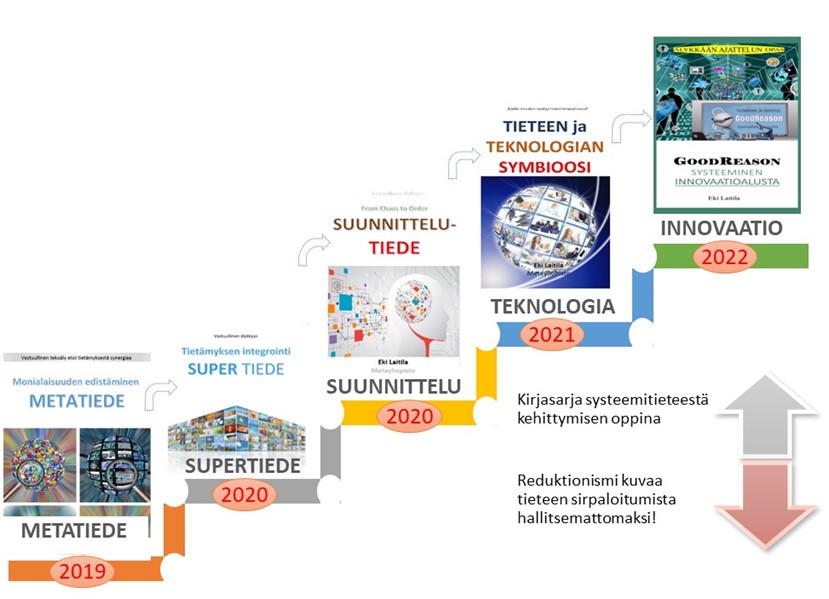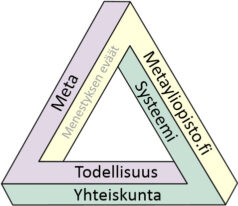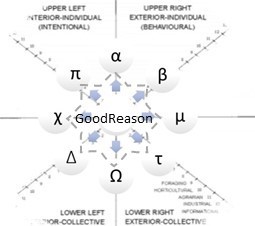Metayliopisto is a kind of meta-level insight forum (Meta-university). Its flying phrase is the tuple: KNOWLEDGE, REASON and UNDERSTANDING. It leads directly to the core of systems science, cybernetics and interdisciplinary research, just like the Turing machine in core computer and cognitive science.
To achieve a good vision, GoodReason is needed.
When we discovered this idea in 2016, it caused a significant internal emotional storm and started a passionate process of scientific discovery to understand science without norms and limitations, as well as at the same time more precisely the world through systemic theories and metaphors.

META SYSTEM HAS 8 MAIN ROLES
1 α MISSION : The purpose is to promote and progress the discipline of Systems Science globally. For this goal, a methodology GoodReason has been defined, with best known practices and planning tools.
Metayliopisto is an open forum resembling the international Meta-university movement. It is networked with the international Systems Engineering community, the Systems Philosophy community, and TheSystemsThinkers.com.
2 π FRAMEWORK : The symbolic notation is based on the semiotic triangle (Peirce), where any concept is described as a holarchy between theory (science) and practice (technology). This model is combined as a formalism with systemic roles that are visualized in the form of recursive octets. This creates a new cognitive state: a new formal one “. The meta-university approach begins with the philosophy of systems in the same way as presented by the Center of Systems Philosophy.
3 χ BASELINE : With the principles of meta modeling, it is possible to gradually acquire semantic information from any article (abstract and index structure of research) or document (such as Wikipedia, company brochures) at the meta-level and system diagrams, which can often be taken to a computer for further development and visualization.
4 ΔΨ PARADIGM : In contrast to the natural sciences (such as physics and mathematics — with no purpose to understand sociecty), the most ultimate discipline, metaphysics, offers opportunities to question the current paradigm to create system leverage points: new understanding of economics, society, technology, and nature.
5 β ARCHITECTURE : The methodology utilizes most accepted architectures models, such as the viable system architecture of cybernetics, the best-known enterprise development architecture (Zachman, VPEC-T), object-oriented modeling (MDE), and the industry’s latest 5C architecture. Combining these architectures creates a universal cognitive meta-architecture with its generic structure, which opens the transformative nature of knowledge, transferable from a discipline, industry or site into another, as a cognitive level.
6 μ NEW FORMAL : The architecture opens technology for new kinds of roadmaps between system models for software and education. It creates “new formal” for science and IT. Thanks to this discovery, sociotechnical development can be planned between applications and infrastructure.
7 τ META-PARADIGM : Practical work is done by META, within systems, either manually by persons or automatically (agent, app, software robot). Information can be parsed and programmed into a meta-search robot, which searches its databases and search sources for a practical or theoretical content model suitable for the desired purpose, from which the user can continue his or her own project in the desired direction.
8 Ω VALUE PROPOSITION: Systems science is one key to open the future of science. It enables multidisciplinary and meta-scientific communication also at the level of theories, when the appropriate semantics are first selected for the subject. Systems science will act as a bridge between abstractions in the same way that DNA has connected living systems, and the concept of API in computers has succeeded to create world wide web to connect humans everywhere in the world, bothe of them almost 100% accuracy.

Metadisciplinary research and development (R & D)

(Charles S. Peirce et al).
Some contexts, according to meta system role numbering:
- The community for systems thinkers: https://thesystemsthinker.com/authors/, https://en.wikipedia.org/wiki/Systems_philosophy
- Semiotics by C.S Peirce: https://plato.stanford.edu/entries/peirce-semiotics/, https://en.wikipedia.org/wiki/Semiotics
- Metamodeling: 31.700 publications, https://www.semanticscholar.org/search?q=%22meta%20modeling%22&sort=influence, https://en.wikipedia.org/wiki/Metamodeling, https://en.wikipedia.org/wiki/Metamodeling
- Metaphysics: https://plato.stanford.edu/entries/metaphysics/, https://en.wikipedia.org/wiki/Metaphysics
- 913 publications: https://www.semanticscholar.org/search?q=%22meta%20architecture%22&sort=relevance, https://plato.stanford.edu/entries/architecture/, https://en.wikipedia.org/wiki/Technology
- Consilience: https://www.semanticscholar.org/paper/Consilience%3A-The-Unity-of-Knowledge-Wilson/283df28f0c7c8e4d14aa7cc22a39542e6b4fda9d
- Meta paradigm: 316 publications, https://www.semanticscholar.org/search?q=%22meta%20paradigm%22&sort=influence
- Purposeful systems: 316 publications, https://www.semanticscholar.org/search?q=%22Purposeful%20systems%22&sort=total-citations

